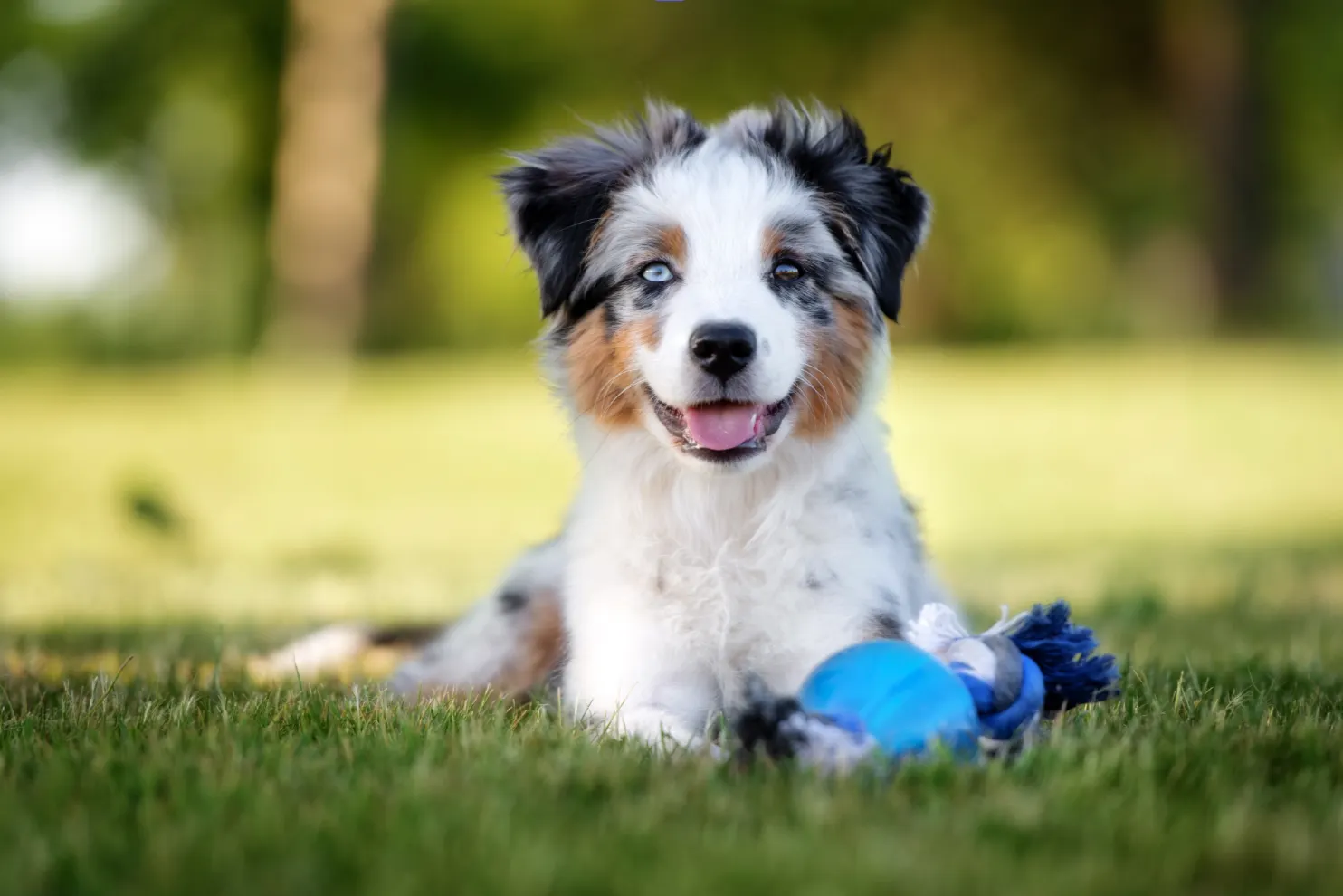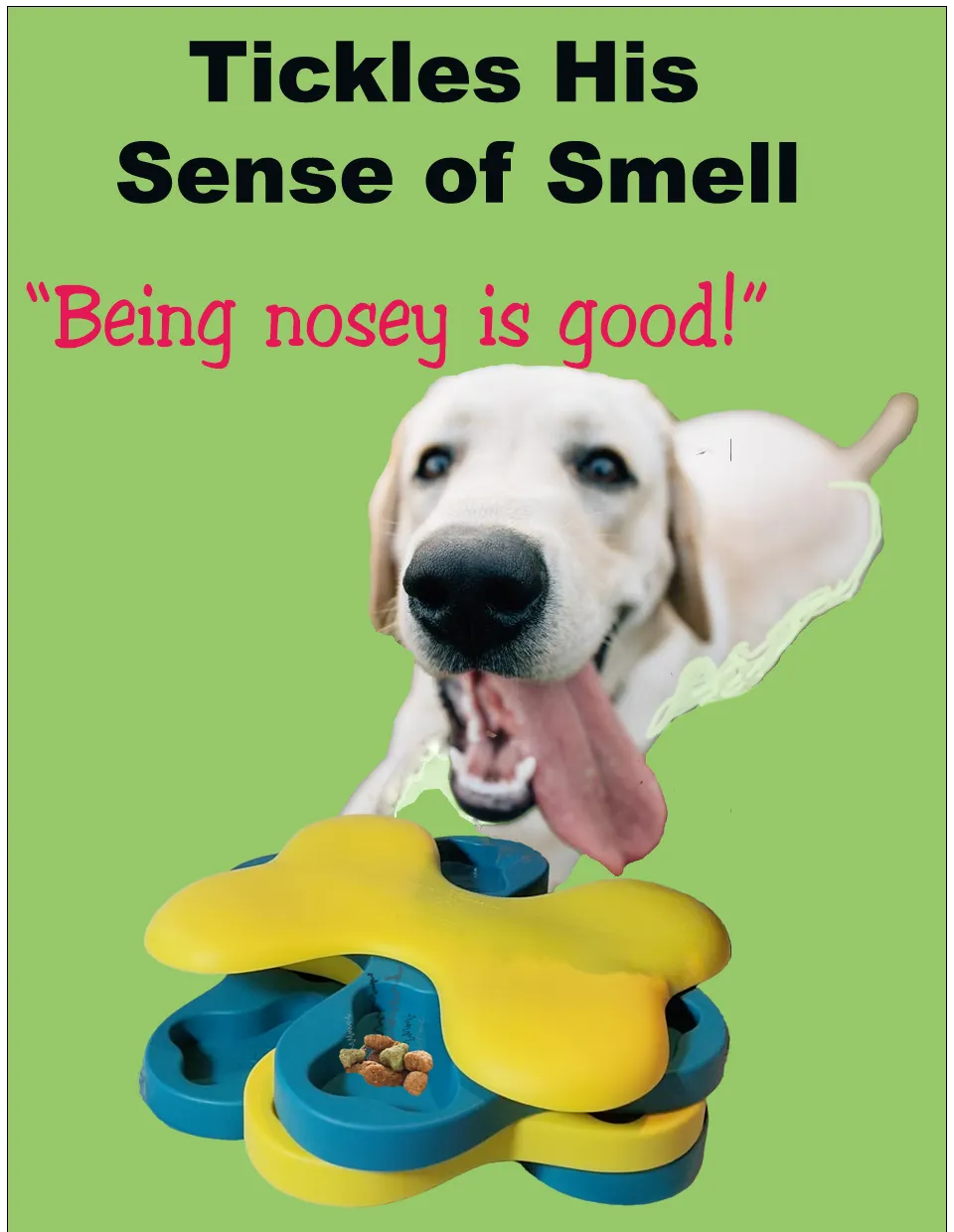Dogs Sense of Smell—Enhancing their Secret Weapon
Dogs' sense of smell--an asset that few other animals have to the same degree. Our canine pets need that secret weapon. They use it to interpret signals from their surroundings, whether comforting or threatening. Every day events challenge them to utilize and develop their sniffing ability.
To appreciate this special ability, we need to:
1. understand the importance of a dog’s nose;
2. recognize a dog’s potential for extraordinary sniffing accomplishments; and
3. appreciate our role in encouraging the use of dogs’ sense of smell.
Look at that Nose!
Dogs' sense of smell vs humans--As a dedicated dog owner, you are aware that dogs possess a keen sense of smell, much more powerful and complex than that of humans. Dogs can detect certain compounds at parts per trillion and interpret the world through their nose. Essentially, their nose is their secret weapon. They use their sense of smell to navigate their surroundings, interact with other dogs and people, and find out about their age, sex, and status.
Dogs have roughly forty times more smell-sensitive receptors than humans, ranging from about 125 million to nearly 300 million in some dog breeds, such as bloodhounds. This is thought to make their sense of smell up to 40 times more sensitive than humans.
What dogs can do with their sense of smell
1. Dogs can smell human emotions. They can pick up on the scent of adrenaline, which is released when we are afraid or anxious. They can also sense changes in our body chemistry that indicate happiness, sadness, or illness.
- Dogs can smell diseases, including cancer. They can detect subtle changes in the odor signatures of human body fluids, such as sweat, breath, or urine, that indicate the presence of abnormal cells or infections. Some dogs have been trained to alert their owners or doctors when they detect cancer or other medical conditions.
- Dogs can smell their own history. They can remember places and people by their unique scents, even after a long time. They can also recognize familiar scents in unfamiliar environments, such as finding their owner’s clothes in a hotel room.
- Dogs can smell time. They can sense how long ago a scent was left by its strength and freshness. They can also tell if someone or something has been in a place recently by comparing the scents they encounter.
- Dogs can smell underwater. They can use their nostrils to sniff out fish or other aquatic animals by creating bubbles that trap odor molecules. They can also follow scent trails left by animals or humans in water.
How We Can Support Our Dogs Sense of Smell
1. On walks, allow them time to investigate the smells around them. Try to adjust to their walking speed.
2. In the home, be aware of odors that might bother them. Scent plugins and general household cleaners may emit odors that are irritating to sensitive noses. Especially dangerous are bleaches, ammonia, phthalates, and glycol ethers, often found in floor and window cleaners, and air and carpet fresheners.
3. Discover fragrances that are pleasing to dogs’ sense of smell. Some essential oils are beneficial to the health of dogs. You might try diffusing lavender, spearmint, or copaiba, always in controlled amounts. Be sure that the oil is therapeutic grade. Give the dog freedom to leave the area of the diffuser if they need to.
4. Provide toys that challenge them to use their keen sense of smell. Some toys come with infused aromas of foods, such as bones that smell like bacon. Other toys, such as puzzle toys for dogs, can use their favorite treats to tickle their noses.
In conclusion: Dogs’ sense of smell compared to humans--Your pet possesses an amazing sense of smell that surpasses that of humans in many ways. It is their secret weapon. They rely on it for their fulfillment as a dog.
Appeal to your dog’s sense of smell. Introduce your pet to the world of multiple fragrances through puzzle dog toys and other ways. You’ll be encouraging them to do what they love to do—use their nose!



